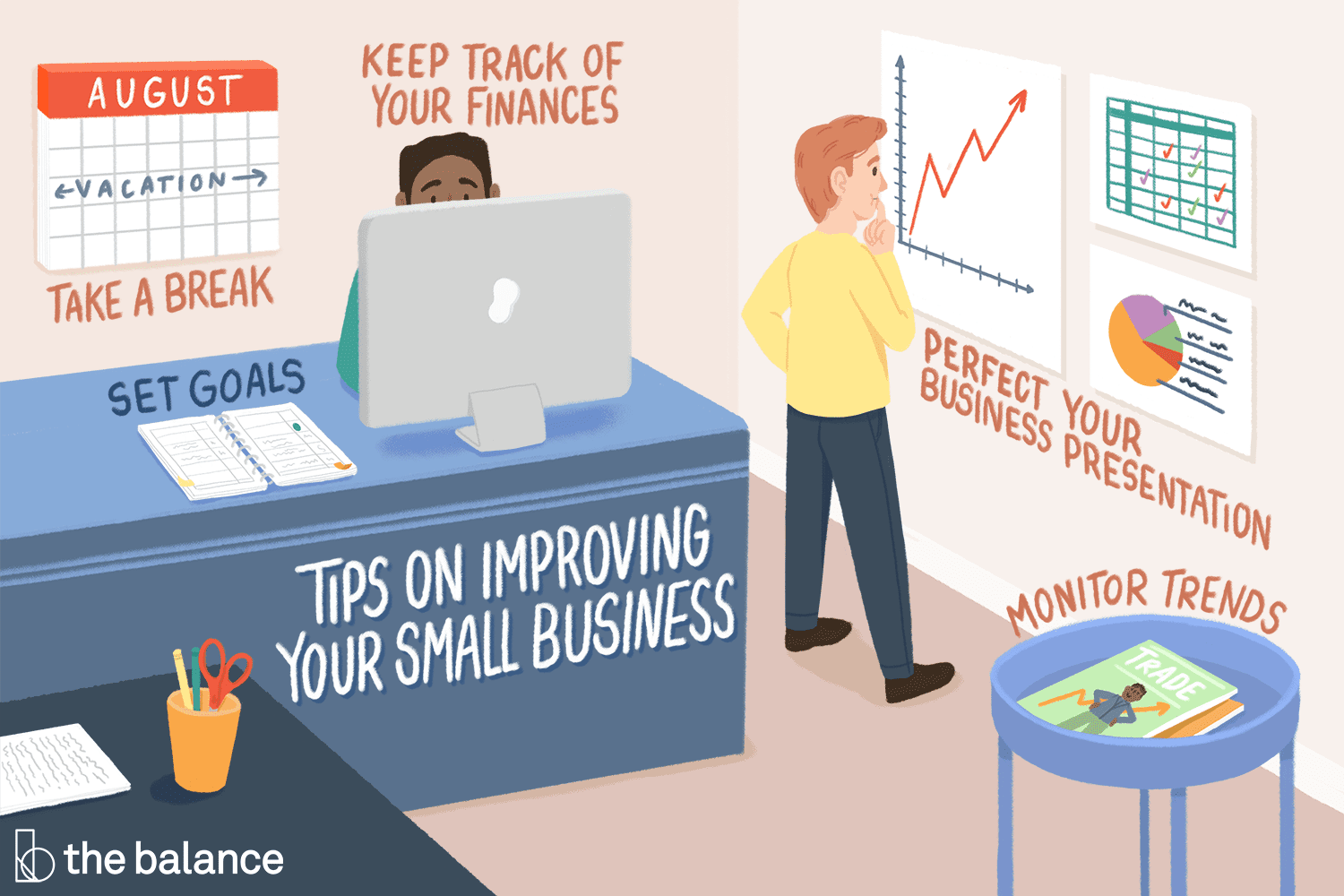There are no doubts that having a website that showcases your business, today is considered as a must. However, having a good business website is something that can differ you from your competitors, attract new clients, potential business partners, or high-rated employees.
Your website speaks a lot about your overall business and brand and you should invest in its appearance.
That’s why we’ve decided to share some useful tips on how to improve your business website and make the most out of it. We’ll share some best practices, tips, and tools, but it’s up to you to invest both time and energy to make your website shine!
Let’s dive into more details.
Make sure that the tone of your content is aligned with your brand
It goes without saying that grammar and spelling need to be on point. You can’t afford to lose your customers’ trust just by having some grammar mistakes or if you misspelled a word or two. Trust us – your website readers notice every detail.
The same goes for the overall “tone” of your content. If you work in, for example, finance, you want your website’s content to be professional, sharp, and more formal. On the other hand, if you are a marketing agency owner, you should keep your content more engaging, don’t be afraid to use some slang and similar.
Personal identity and brand development is something you should focus on. A strong brand won’t bring you just new leads, it can help you to get recognized by the industry leaders and position your business as an expert. Ah, you’ll surely reap of the benefits afterward!
Impress your first-time visitors with an effective design
Your homepage is your website’s “raison d’être” so make sure its design is appealing and that the navigation is perfect. Yes, it literally needs to be perfect unless you want your visitors to get lost trying to figure out where to go or what to do.
If you want to “play safe” – go for a simple, clean design and some attention-grabbing headings. Don’t make stuff too complicated in order to avoid high bounce rates. Don’t worry, you don’t need to hire a professional web designer if you don’t have the needed budget, opt for a website builder instead.
In order to be sure that you’ve done a good job when it comes to creating a good design here’s a suggestion: Submit your homepage to The Pit, or similar places where you can get valuable feedback and constructive critics from the community members. Just do some “google-ing” and you’ll discover several communities like this.
Being responsive goes without saying
We are sure that you already know that your website needs to work with a plethora of devices and platforms. This is one more reason why you should keep things simple when it comes to your site’s design. Don’t go overboard and make a too complex site, you will have a huge job optimizing it afterward.
The thing you should really put the focus on is your browsing experience. That’s it.
Here’s a tip: search the web for tools that will hellp you to see how your site looks on different devices (“Am I Responsive” is one of them).
Test Call-To-Action Buttons
High-quality content just isn’t enough – you need to make sure that your users are triggered to take some action! First things first: define what do you expect your visitors to do. To buy your product? Try your service? Subscribe to your newsletter? Perhaps to download an e-book?
The next step is designing a suitable call-to-action button. Actually, not suitable, rather irresistible.
Test various colors, shapes, content, etc.
Make sure that the color of the call-to-action button doesn’t blend in the overall site’s background. On the contrary – it needs to stand out. For example, if your website is mainly blue, play with a yellowish button, or if the background is pastel add some color-blocking moment to the buttons.
Keep your visitors moving
The situation you want to avoid is to let your users hit a dead end on your site. That’s why you should pay attention to internal linkbuilding – add links that lead your visitors to another page on your website.
For example, if you have a list of services that you provide, don’t forget to create a separate landing page for each one and add a link to them. Or, if you have a blog post that explains more in detail your tool or service – make sure it’s linked.
Apart from having users spending more time on your website, internal linking is crucial for search engine robots as well. And we all know how much of an influence Google has on on every business.
To sum up: put some time in testing all the above-mentioned tips, check your analytics tools often to see which actions give the best results, and act accordingly. Good luck!
